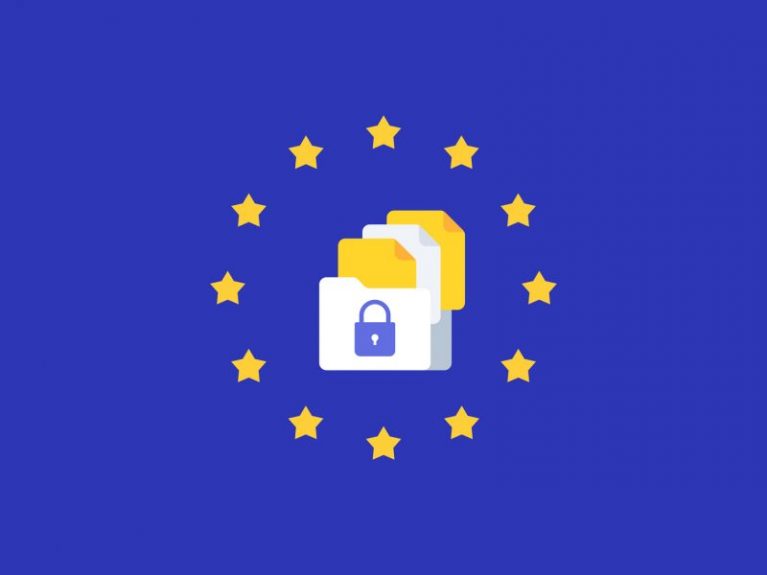The road to European product notification, part 1
In future, harmonised information on hazardous substances will be transmitted to poison information centres in a European product notification. This affects considerably more companies that put hazardous substances into circulation than the BfR product notification currently in effect in Germany.
In the first part of the series that describes the road to a harmonised European product notification, I want to provide an overview of the current status and then expand on the topic in the following parts. The next part (Part 2), deals with the workflow for assigning unique formula identifiers (UFIs) to one’s own products. I will then continue with the notification and its content as such.
On the 1st of February 2018, ECHA hosted its second workshop on the implementation of Annex VIII to the CLP Regulation in Brussels, which I was able to follow via live stream. Annex VIII addresses the planned harmonised notification at European level in a detailed manner. As the first notifications will already be due in January 2020, the topic itself as well as the technical formats involved for providing a solid software solution are of great interest to me.
The workshop also offered clarification on where the transitional points from the European legal situation to the national provision are situated. But what exactly can a manufacturer or importer do to prepare for the notification? What can be done at this point in time, and what needs to be done before the new CLP Annex VIII comes into effect? Here is a summary of the workshop’s topics:
Who is affected by the European product notification?
Article 45 and Annex VIII to the CLP Regulation form the basis for the harmonised information for emergency medical care.
This affects all mixtures that present health hazards or PC hazards. Notifications are not obligatory if no hazards or only environmental hazards exist according to the CLP Regulation. It is still possible to notify mixtures on a voluntary basis.
A longer period (up to 01/2025) is granted for mixtures that have already been notified in their respective member state, for example a BfR product notification in Germany.
As previously mentioned, a distinction is made between the various recipients (consumers, commercial users, industrial users).
Preparations that can be made now
As the information concerns physico-chemical and health hazards, the data situation in Section 11 is of particular importance, as this is especially relevant to the new notifications.
In the workshop, reference was made to the necessity of providing a 24h hotline that offers information in the respective official languages of the countries where the product is used.
A special code – the unique formula identifier UFI – is used for providing information to the poison information centres.
The identifier is tied to a specific harmonised notification. Notifications according to Annex VIII contain additional and more detailed information on the ingredients of a mixture than the information specified in Section 3 of the safety data sheet. This information can be passed on along the delivery chain via the UFI without having to make the additional information public.
A UFI generator is already available. UFIs can therefore already be assigned to own mixtures that will require future notification. The exact technical details for this can also be found on the web page of the UFI generator.
A single UFI can never be assigned to several mixtures. However, several UFIs can be assigned to a mixture, for example to have separate UFIs for each supplier country or to market products under different product names.
According to Annex VIII, the UFI will in future also become mandatory for the identification label. The workshop stated that identification labels can already be provided with UFIs in advance of this requirement.
Planned transmission format for the European notification
The new European notification will have a specific electronic data format. The data will be transferred in an XML file. The next version of this data format with definitions is expected to be released during the current quarter.
It will be some time, however, until files can be uploaded to ECHA – a platform is planned for Q1 of 2019. The situation is even tighter for anyone wanting to upload without software support (the XML file will be generated on the basis of an online form) – this function is planned for Q3 2019.
But participation is not compulsory for everyone!
What gets decided by the respective member states
The poison information units or similar institutions are bound to the member states at national level. The European law only envisages the creation of such an institution for the use of the European product notification, it does not provide specifics on the how and where.
This also has consequences for the future harmonised data transfer, because the respective member state decides on the following:
- Whether the ECHA platform may be used for uploading data or if customized solutions are employed
- Whether the notification will incur fees at national level
- Whether additional information will be required
- The languages that may be used in the member state for notification purposes
- If and when approval for a mixture is granted on the basis of the submitted notification
The file format and the UFI remain part of the CLP Regulation and are therefore not dependent on national laws.
Sources: Workshop on implementation of Annex VIII to CLP
Internet presence Poison Centres
Annex VIII to the CLP Regulation (EU 2017/542)

